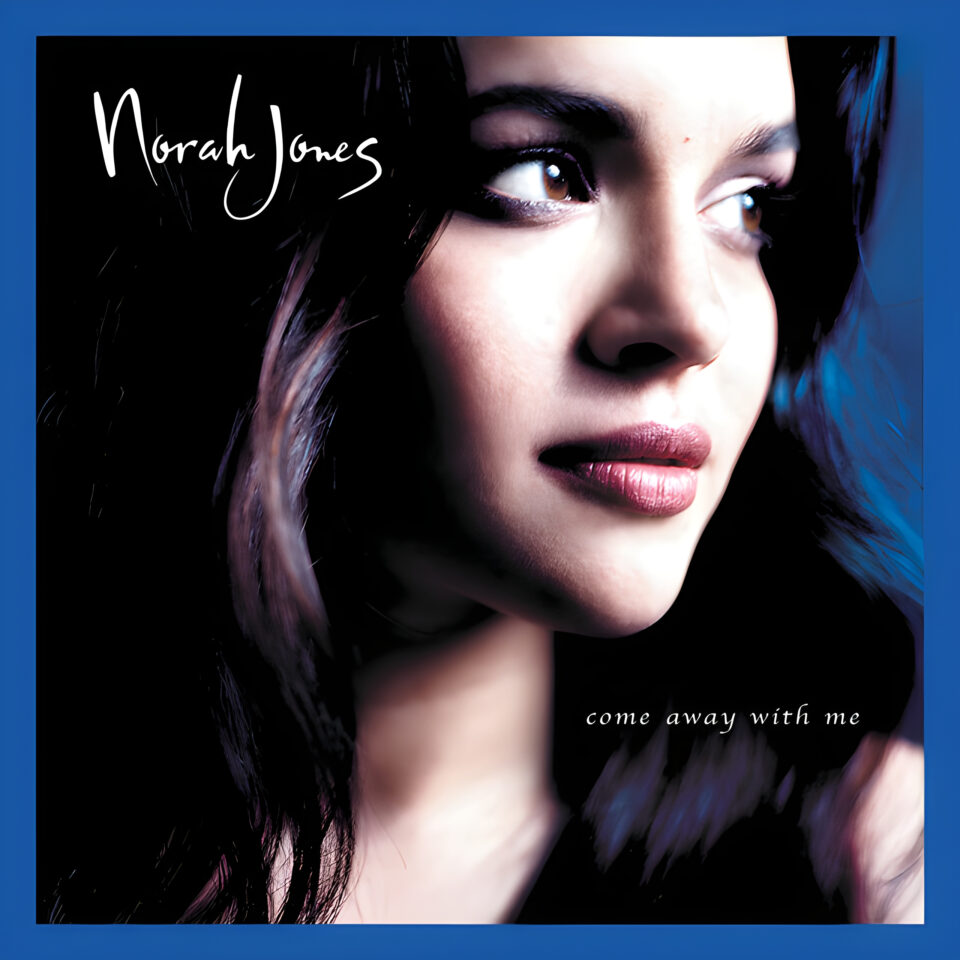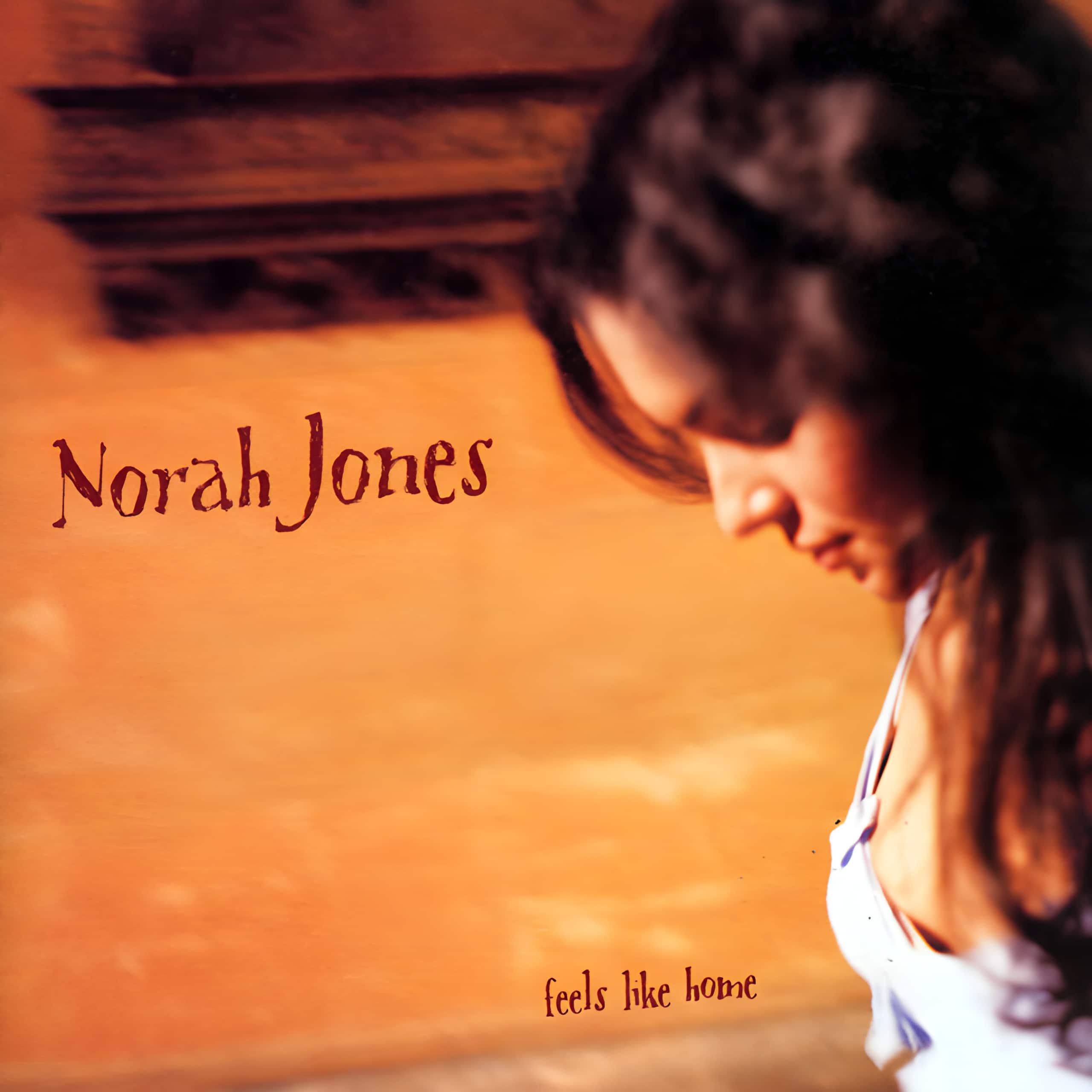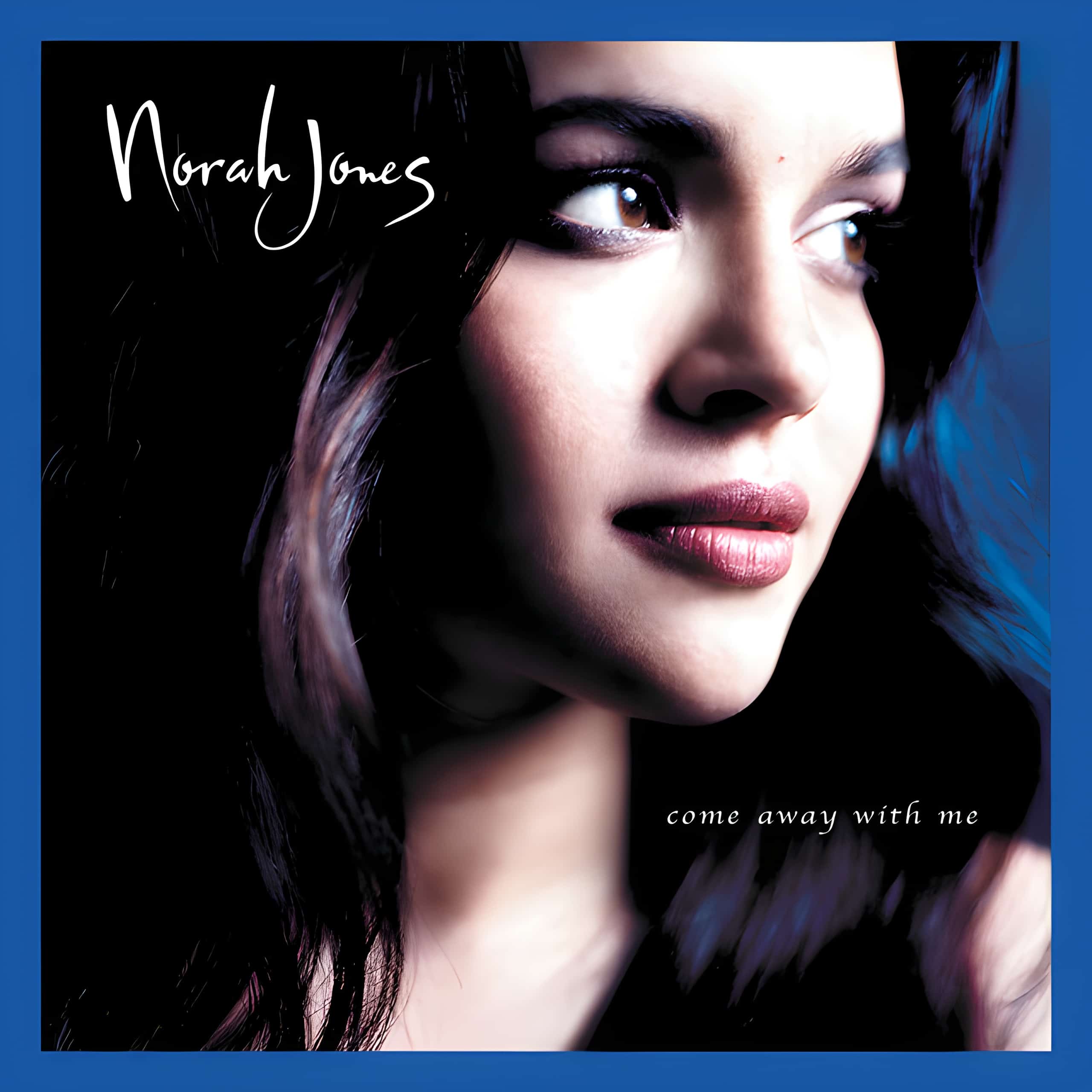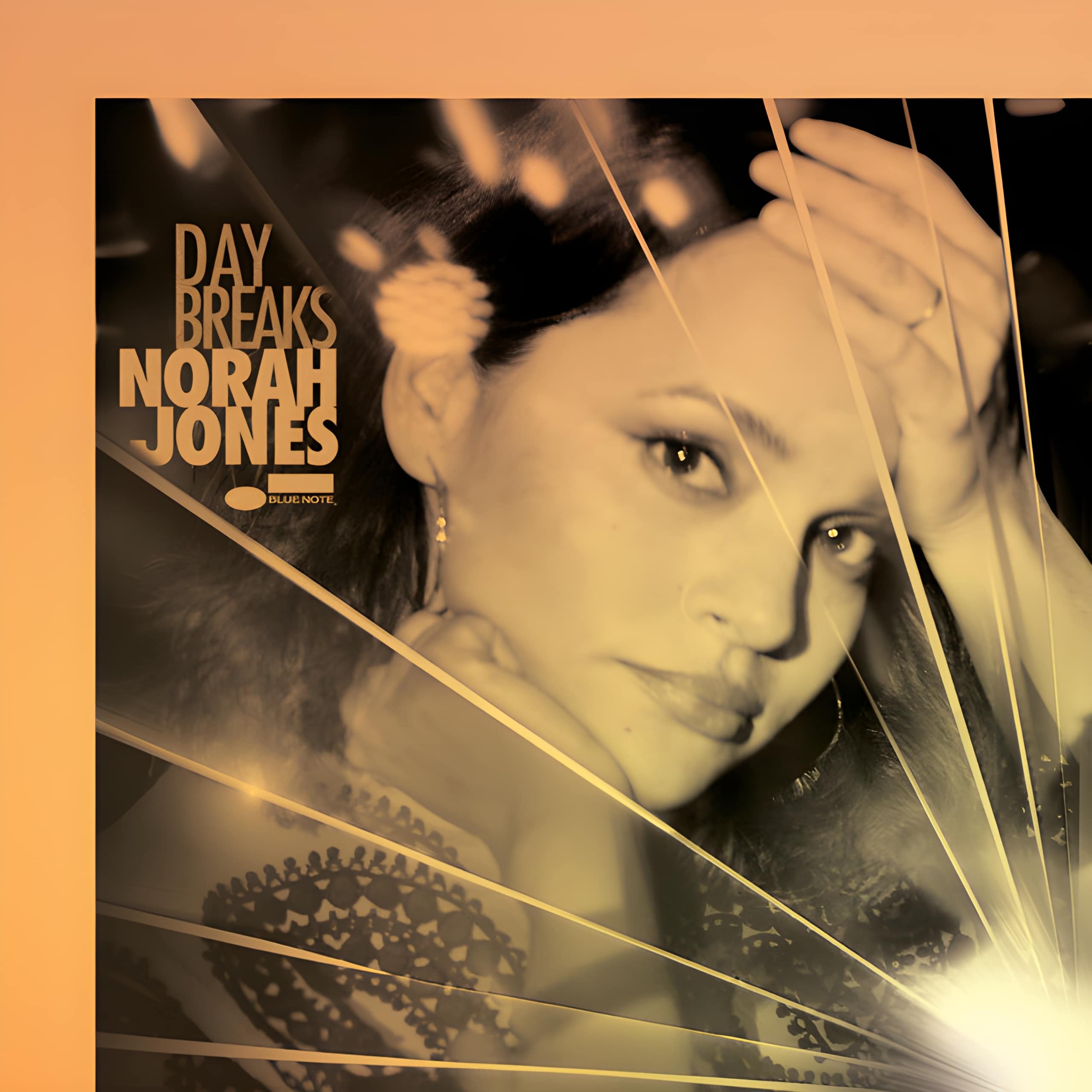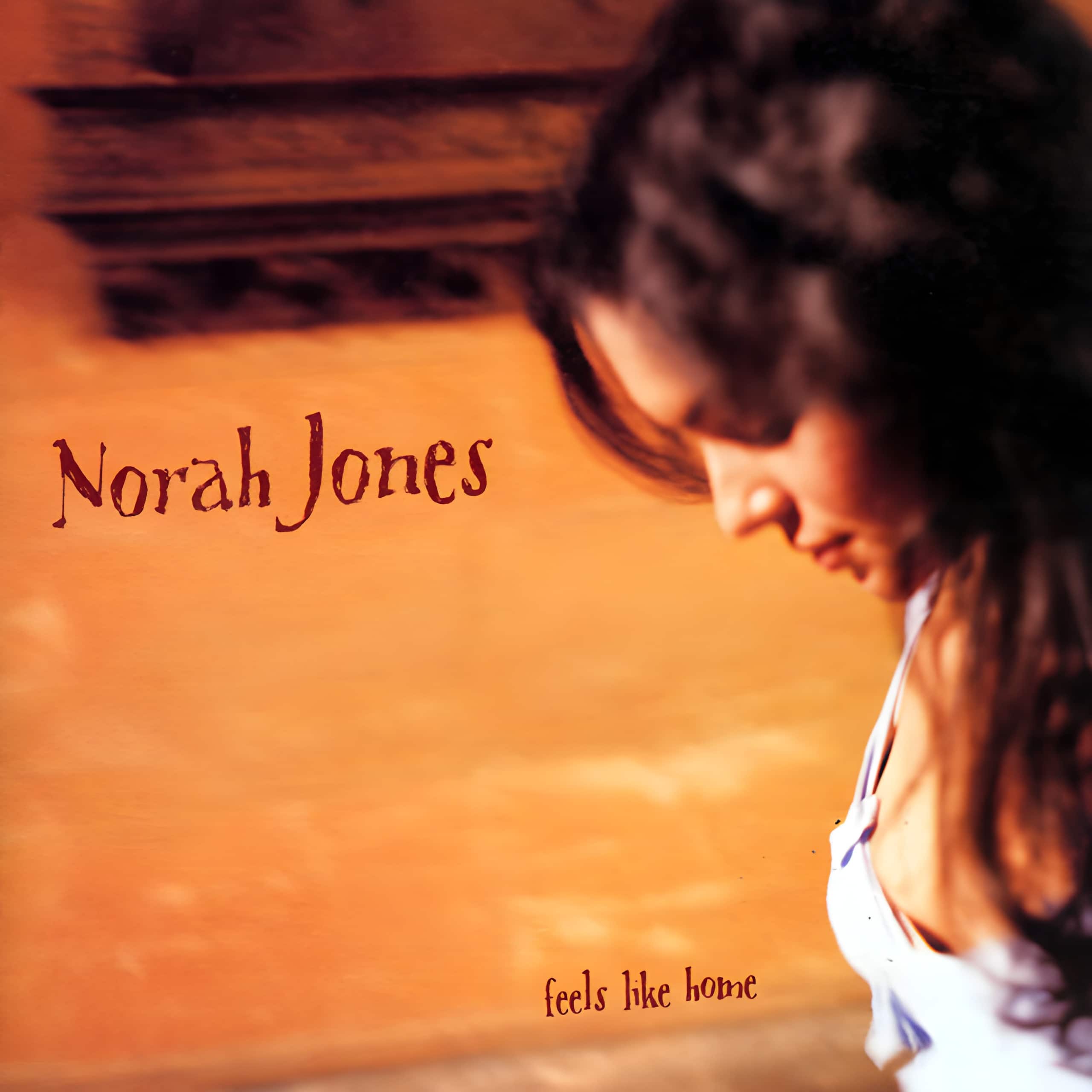Released: 2002
Norah Jones’ ‘Turn Me On’ is a soulful ballad about longing and anticipation. It’s a touching narrative of a woman yearning for her lover’s return, using vivid metaphors to express her feelings.
Starting off with ‘Like a flower, waiting to bloom / Like a lightbulb in a dark room’, Jones sets the tone of anticipation. The flower symbolizes her potential for joy and fulfillment, which can only bloom when her lover returns. The lightbulb represents her hope, dimmed in the absence of her lover, waiting to shine brightly once he’s back.
‘Like the desert / Waiting for the rain / Like a school kid / Waiting for the spring’, these lines further illustrate her yearning. The desert signifies her emotional barrenness, craving the ‘rain’ of her lover’s presence. The school kid represents her childlike eagerness for the ‘spring’ of her lover’s return.
‘My poor heart / It’s been so dark / Since you’ve been gone’, this verse expresses her emotional turmoil. Her heart, symbolizing her emotions, has been engulfed in darkness due to her lover’s absence.
‘After all you’re the one who turns me off / But you’re the only one who can turn me back on’, these lines reflect her emotional dependence on her lover. Despite the pain he’s caused, he’s the only one who can bring back her happiness.
‘My hi-fi is waiting for a new tube / The glass is waiting for some fresh ice-cubes’, these lines cleverly use everyday objects to symbolize her state of waiting. The hi-fi and the glass, both waiting for something new, represent her anticipation for her lover’s return.
Finally, ‘I’m just sittin’ here / Waiting for you / To come on home / And turn me on’, the recurring chorus, emphasizes her longing and the transformative power her lover holds over her. The phrase ‘turn me on’ is a double entendre, representing both her emotional awakening and her physical desire.
